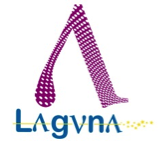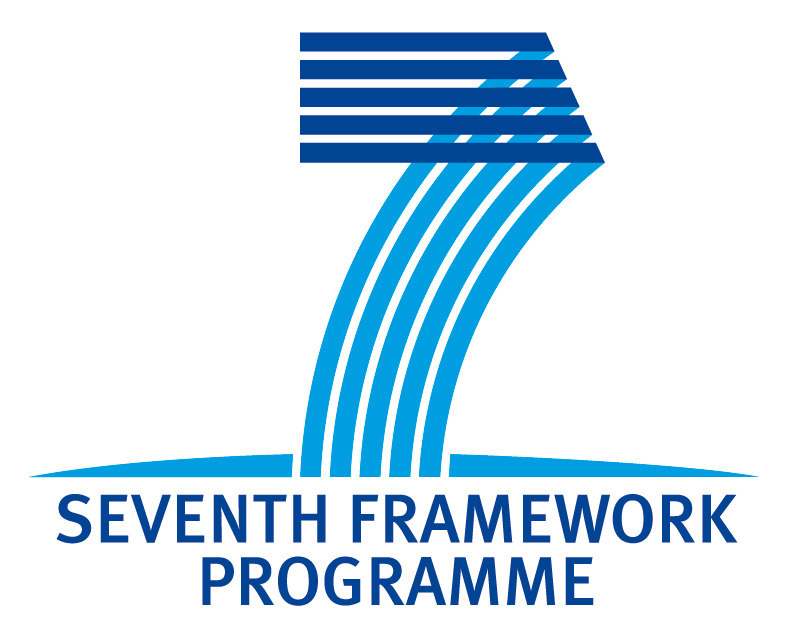

The FP7 Design Studies LAGUNA (Grant Agreement No. 212343 FP7-INFRA-2007-1) and LAGUNA-LBNO (Grant Agreement No. 284518 FP7- INFRA-2011-1) during its duration of 6 years, involved about 40 beneficiaries, composed of academic institutions from Bulgaria, Denmark, Finland, France, Germany, Poland, Romania, Spain, Switzerland, United Kingdom, Russia, and Japan, of CERN, as well as of industrial partners specialized in civil and mechanical engineering and rock mechanics. Together they have assessed the feasibility next-generation deep underground neutrino observatory in Europe. No show stoppers have been found.
The LAGUNA-LBNO project (Design of a pan-European infrastructure for Large Apparatus studying Grand Unification and Neutrino Astrophysics for Long Baseline Neutrino Oscillation) addresses the feasibility of a new European research infrastructure hosting a deep underground neutrino detector, much larger and more sensitive than those presently in operation, for fundamental research in astrophysics and particle physics. The scientific goals of LAGUNA are to expand the frontiers of particle and astrophysics with extended scientific capabilities, such as the determination of the neutrino mass pattern, the understanding the origin of matter dominance in the Universe, the execution of a broad neutrino astrophysics program with a new detection technology, and searches for new physics at the energies beyond the reach of the LHC at CERN. Long baseline neutrino oscillation physics is a high-priority item in the roadmaps of high-energy laboratories such as CERN in Europe, Fermilab in USA and KEK in Japan. The LAGUNA observatory in Europe coupled to a neutrino beam from CERN or Protvino will hence attract the worldwide scientific community, offering a unique possibility of shedding light on the fundamental interactions in Nature and on the birth of the Universe via profound cosmological consequences such as the origin of the matter in the Universe. It will further explore our understanding of the fundamental theory of sub-atomic elementary particles called the Standard Model.
The LAGUNA-LBNO design study developed a detailed conceptual design for a most optimal hosting of such a next-generation deep underground neutrino observatory in Europe. All aspects have been considered and a very competitive and solid conceptual design has been obtained. Extremely valuable and extended technical expertise has been gathered and a tight and growing collaboration with industry has developed over many years. Innovative solutions have been developed to optimise technical feasibility and costs in an otherwise challenging underground environment. Three detector technologies (liquid Argon = GLACIER, Liquid Scintillator =LENA and Water Cerenkov = MEMPHYS) have been explored. Three sites were chosen for these investigations: Fréjus in France, Umbria in Italy and Pyhäsalmi in Finland. The project, coordinated by the Swiss Federal Institute of Technology Zürich, involved 40 Partners from academic institutions from Bulgaria, Denmark, Finland, France, Germany, Poland, Romania, Spain, Switzerland, United Kingdom, Russia, and Japan, from international research organisations such as CERN, as well as of industrial partners specialized in civil and mechanical engineering and rock mechanics. Together they have assessed the most accessible way to implement LAGUNA-LBNO in Europe. We have successfully met the goals of the Design Study. Fifteen deliverables with a total of more than 4000 pages have been produced. This very large amount of work performed and extensive material generated is a solid base and an important source of information for future developments worldwide. The Conceptual Design Phase is now complete and fully documented, and we are ready to proceed towards executive plans. No technical show-stoppers have been found. A staged realisation is favoured to mitigate technical and financial risks, and provides for an early science start.
The project was subdivided into 5 work packages: two packages focusing on the underground infrastructure, civil engineering, tank construction, liquid handling, and operation, one package on the neutrino beam from CERN, and one on the optimisation of the science programme. Overall, the LAGUNA-LBNO Consortium has successfully developed a very competitive and solid conceptual design. Extremely valuable and extended technical expertise has been gathered and a tight and growing collaboration with industry has developed over many years. Innovative solutions have been developed to optimise technical feasibility and limit costs in an underground environment. The LAGUNA Consortium has addressed all aspects necessary for a complete realisation of the project: (1) the science case! (2) the necessary underground infrastructure & facility (3) the detector construction sequences and programmes (4) the large Liquid handling (5) Detailed costs model (6). An extensive evaluation and quantification of risks. CERN has developed the Conceptual Design of a new high-power accelerator neutrino beam directed towards Pyhäsalmi.
Conceptual design of a conventional neutrino beam directed from CERN towards Pyhasalmi, Finland